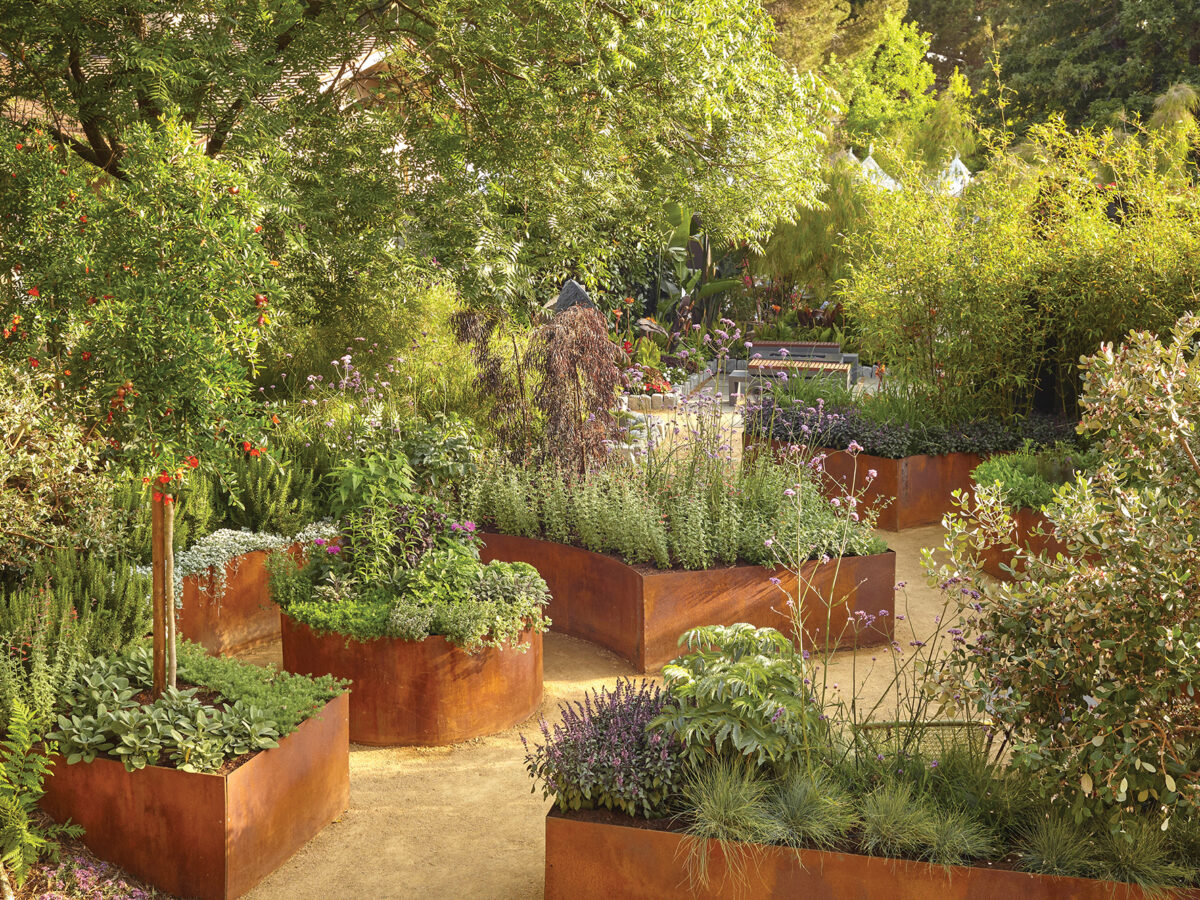Hilton Head Landscapes - The Facts
Hilton Head Landscapes - The Facts
Blog Article
The 25-Second Trick For Hilton Head Landscapes
Table of ContentsHilton Head Landscapes - QuestionsSome Known Factual Statements About Hilton Head Landscapes See This Report about Hilton Head LandscapesOur Hilton Head Landscapes Statements4 Simple Techniques For Hilton Head LandscapesFacts About Hilton Head Landscapes RevealedHow Hilton Head Landscapes can Save You Time, Stress, and Money.
Line produces all kinds and patterns and can be utilized in a range of methods the landscape. Line in the landscape is created by the side between 2 products, the rundown or silhouette of a kind, or a lengthy direct attribute. Lines are an effective device for the designer since they can be used to produce a limitless variety of forms and types, and they control activity of the eye and the body.

Lines can have one or more qualities, such as those described listed below, yet they commonly serve different purposes. Number 1. Lines in the landscape - bluffton landscaping. The properties of lines determine just how people react to the landscape, both psychologically and physically. Straight lines are architectural and strong; they develop a formal character, are usually related to an in proportion layout, and lead the eye directly to a prime focus.
The 45-Second Trick For Hilton Head Landscapes
Curved lines create a casual, natural, unwinded personality that is linked extra with nature and asymmetrical balance. Rounded lines relocate the eye at a slower rate and include secret to the space by creating hidden sights.
Upright lines in the landscape include tall, narrow plant material, such as trees, or high frameworks, such as an arbor or a bird residence on a pole. Straight lines relocate the eye along the ground plane and can make a space really feel bigger. Reduced lines are a lot more restrained and develop a sensation of rest or repose.
Top Guidelines Of Hilton Head Landscapes
Low lines are created by reduced garden wall surfaces, walkways, and brief bushes. Lines are utilized to attract types on a plan. In strategy view, they specify plant beds and hardscape areas. Lines are additionally produced by the upright forms of constructed functions and plant product. There are three key line types that create kind in the landscape: bedlines, hardscape lines, and plant lines.
Bedlines attach plant product to your home and hardscape because the eye adheres to the line, moving the gaze via the landscape. Hardscape lines are produced by the side of the hardscape, which defines the constructed structure. Line can likewise be created by lengthy and narrow products, such as a fence or wall surface.
The Basic Principles Of Hilton Head Landscapes
Form is found in both hardscape and plants, and it is usually the dominant visual element that spatially organizes the landscape and commonly identifies the style of the garden. The form of structures, plant beds, and garden ornaments additionally identifies the general type style of the garden. Formal, geometric forms include circles, squares, and polygons.
Plants create form in the yard via their outlines or silhouettes, however type can also be defined by a void or adverse area in between plants - Landscapers near me (https://www.imdb.com/user/ur184305432/). Circles can be full circles, or they can be separated right into fifty percent circles or circle sections and incorporated with lines to develop arcs and tangents
Rumored Buzz on Hilton Head Landscapes
Circles are a solid style type because the eye is constantly drawn to the facility, which can be made use of to highlight a focal point or link various other forms. Round types in hardscape and grass panels.
The square type can additionally be segmented and pre-owned repeatedly to create a grid pattern. Unlike circles, squares are more powerful on the sides, which can be lined up or overlapped to produce one-of-a-kind patterns and more complex types. Polygons are many-sided kinds with straight edges. Triangulars, for instance, are three-sided polygons.
Twisting lines typically resemble the all-natural course of rivers or streams and can be called smooth lines with deeply bent wavinesses. Twisting lines (Number 3) function well for paths, plant bedlines, and dry stream beds. Meandering lines can include passion and enigma to a garden by leading customers around edges to uncover new sights and areas.
Little Known Facts About Hilton Head Landscapes.

Figure 5. Fragmented sides: tipping stones in path. Form is the most enduring quality of a plant (Landscapers near me). https://justpaste.it/e9f4d. Typical plant types are well developed and standardized, as type is the most consistent and well-known characteristic of plants. Kind can also be created via the massing of plants, where the general mass produces a different kind than a specific plant.
An extremely contrasting form needs to be used with careone or two job well as a focal point, however way too many produce turmoil. Natural plant forms, as opposed to over-trimmed forms, need to develop the bulk of the structure. The importance of general kind is basically reliant on the checking out perspectivethe type of a tree can show up quite various to a person standing under the cover versus viewing the tree from a range in an open field.
What Does Hilton Head Landscapes Mean?
Plant types also create and define the space or open areas between the plants, creating either convex or scooped kinds in deep spaces. High-arching tree branches typically develop a concave open area under the branches, and a round canopy with reduced branches fills the room to create a convex form in the open room under the tree.

Report this page